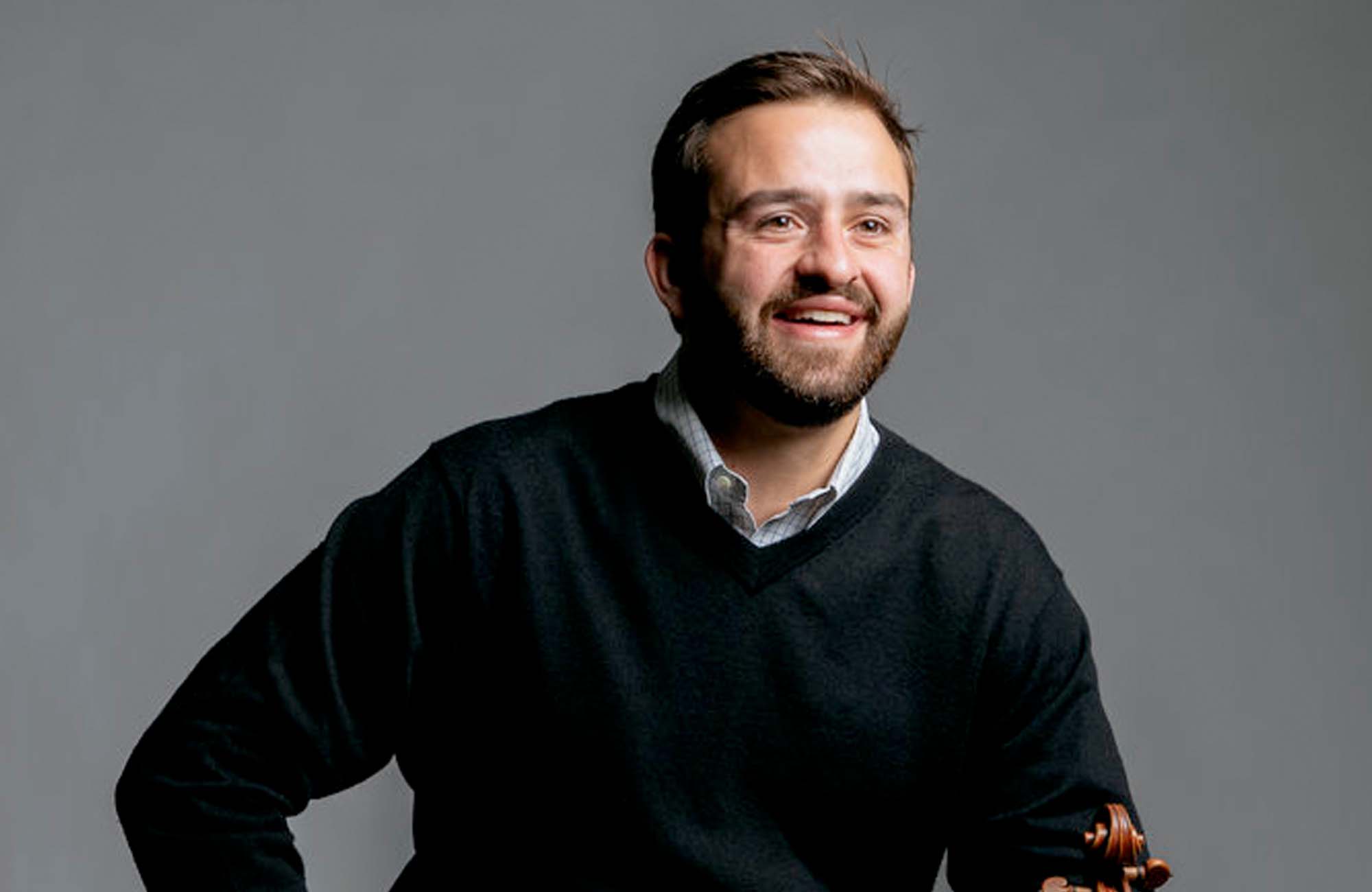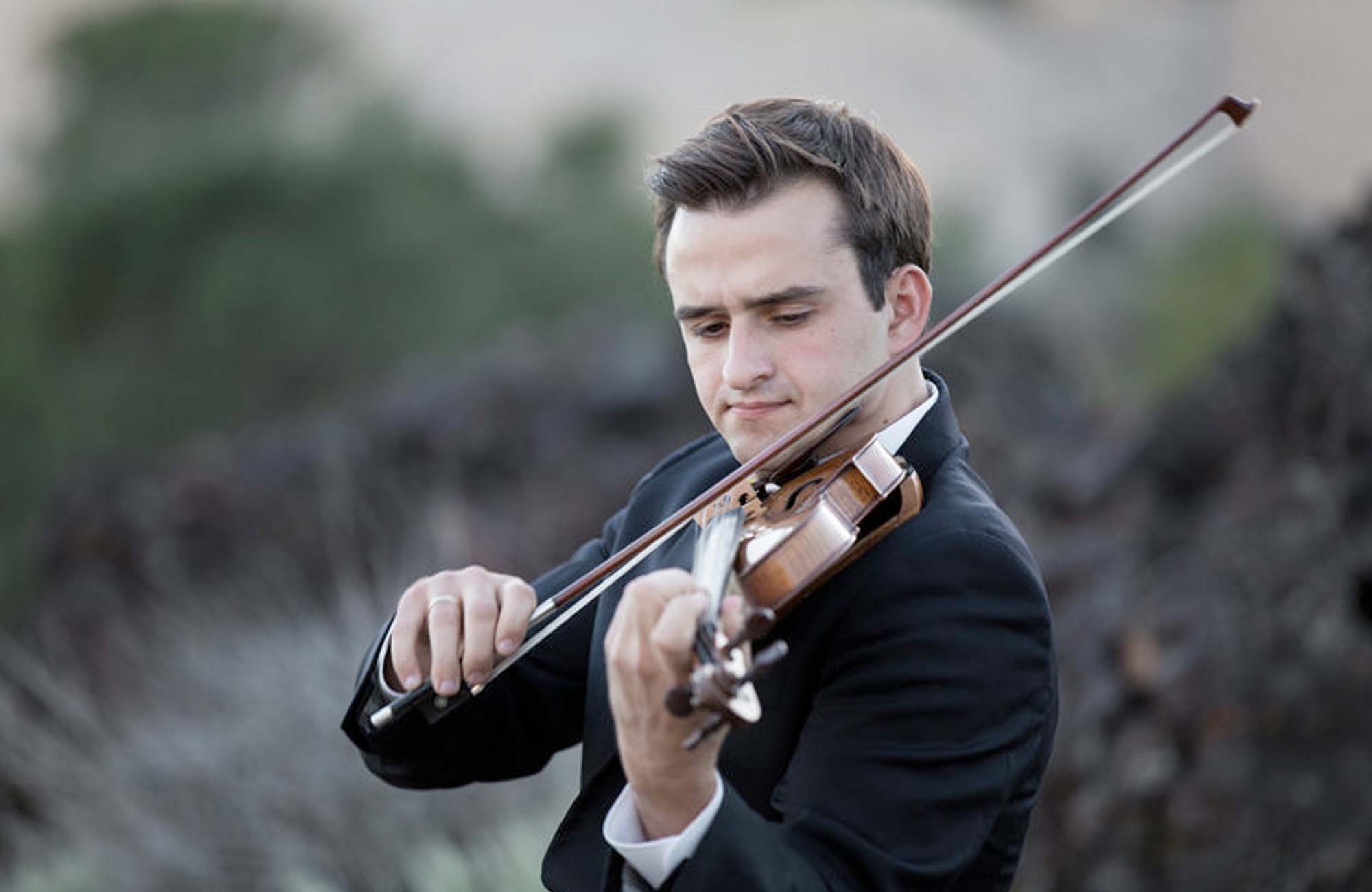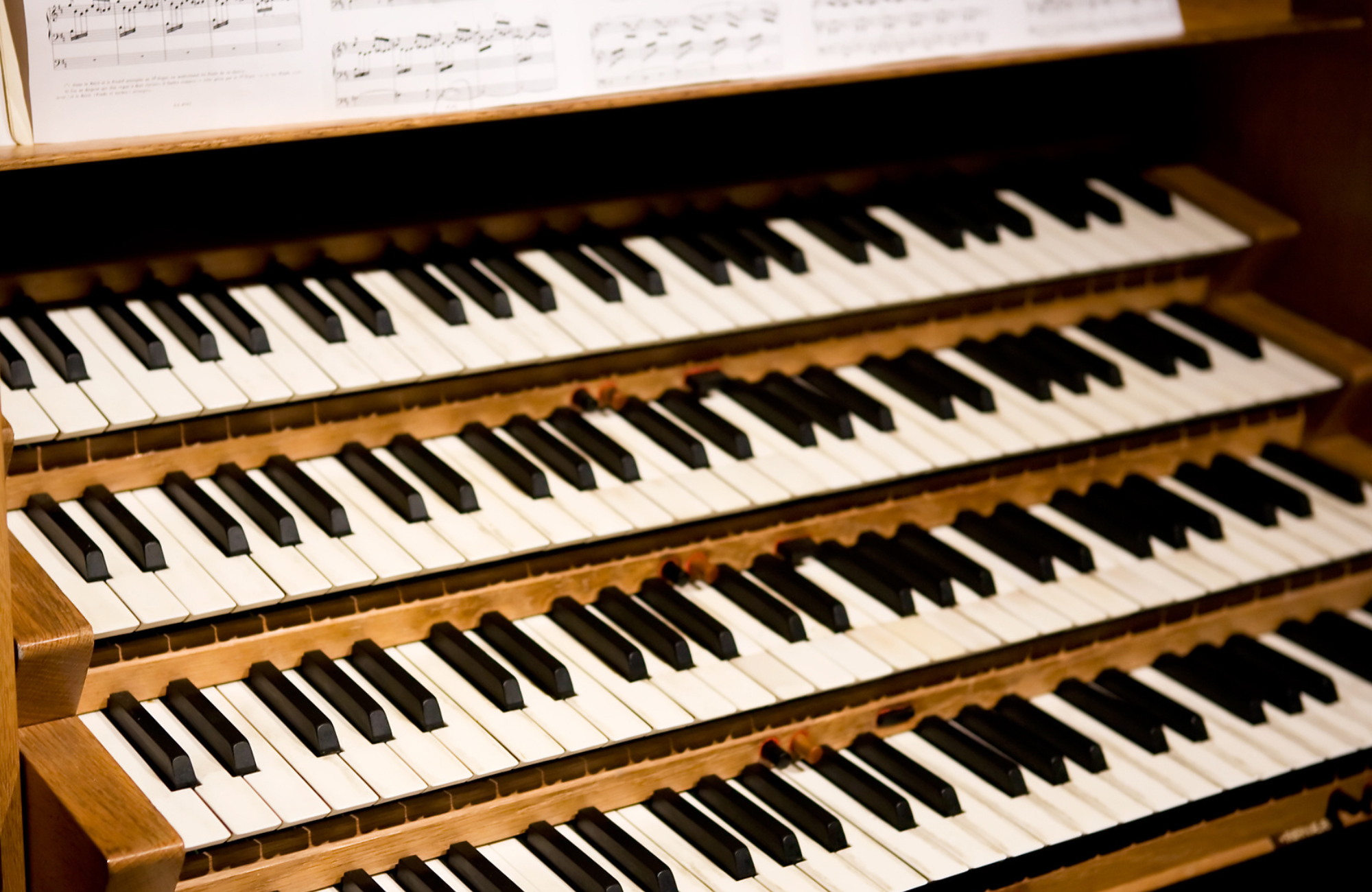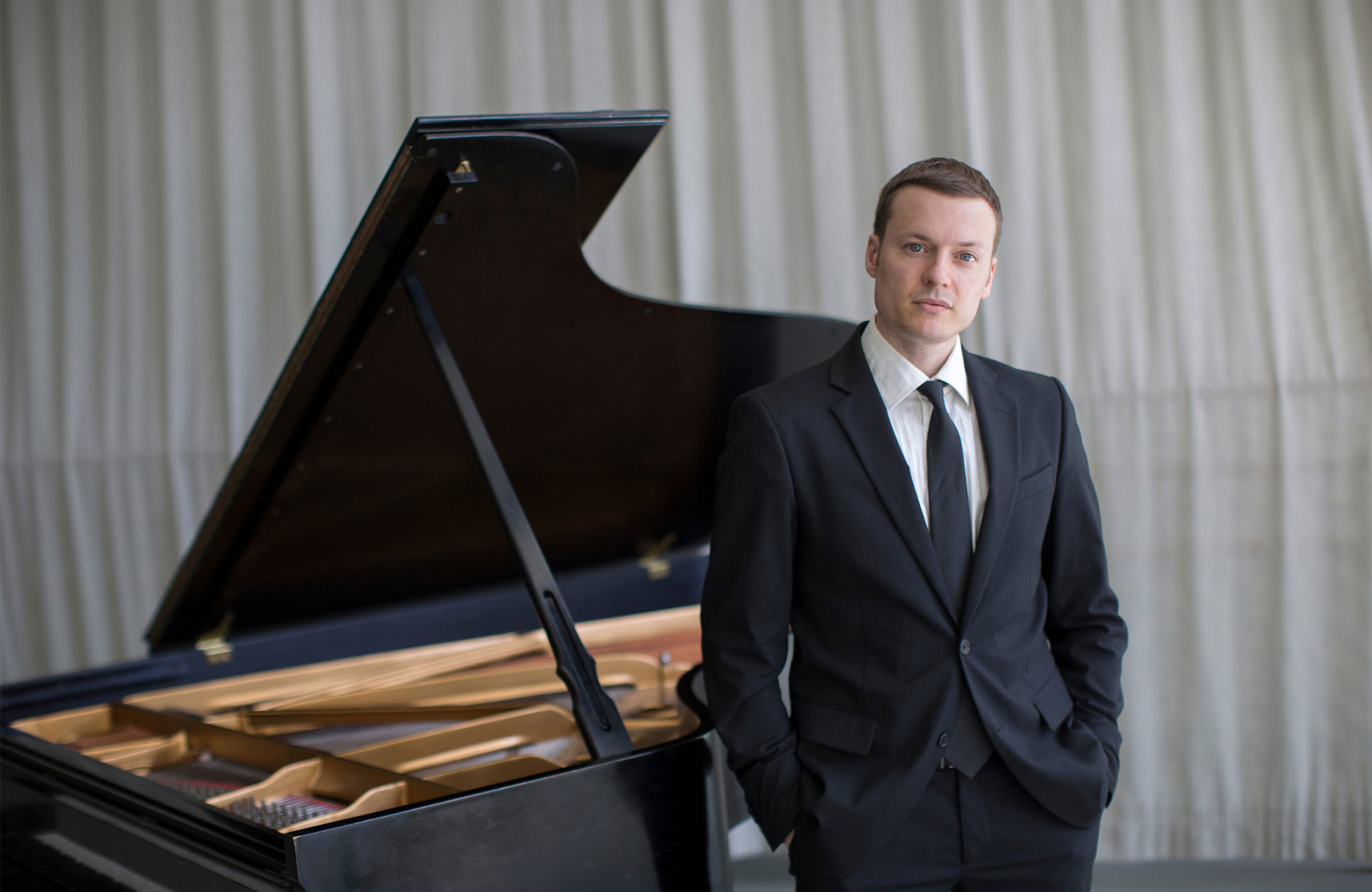PROGRAM
VERDI: La forza del destino: Overture ![]()
PAGANINI: Concerto, Violin, No.1, op.6, D major ![]()
NAZAYKINSKAYA: Fenix
MENDELSSOHN: Symphony No.4, op.90, A major (Italian) ![]()
PROGRAM NOTES
Tonight’s program, which combines music from Italy with music inspired by Italy,
opens with Giuseppe Verdi (1813–1901): the overture to La forza del destino (The
Power of Destiny), an opera composed in 1862 but revised in 1869. In many ways,
Verdi was (and still is) the Italian composer of the 19th century. That’s partly because
his operas were taken up by the nationalist cause fighting for Italian unity. (It didn’t hurt
his reputation that, by coincidence, his name is an acrostic for “Vittorio Emanuele Re
d’Italia,” the hero who became the first ...
Tonight’s program, which combines music from Italy with music inspired by Italy,
opens with Giuseppe Verdi (1813–1901): the overture to La forza del destino (The
Power of Destiny), an opera composed in 1862 but revised in 1869. In many ways,
Verdi was (and still is) the Italian composer of the 19th century. That’s partly because
his operas were taken up by the nationalist cause fighting for Italian unity. (It didn’t hurt
his reputation that, by coincidence, his name is an acrostic for “Vittorio Emanuele Re
d’Italia,” the hero who became the first king of the newly unified country in 1861.) Even
more, though, it’s because he wrote a series of operas that still dominate the stage,
operas that added a new depth of character and political punch to the melodic genius
that characterized those of earlier Italians like Rossini, Donizetti, and Bellini. Nearly
everything of significance that Verdi wrote, except for his Requiem and Four Sacred
Pieces, was intended for the theater; as a result, he rarely shows up on symphony
programs. But this overture has long been a concert favorite. With its dark foreboding
and passionate lyricism, it perfectly sets us up for a melodrama involving lovers torn
apart by parental demands, bizarre coincidences, confused identities, and vengeance.
One 19th-century Italian composer who has been popular in the concert hall is
Niccoló Paganini (1782–1840), although in his day he was more admired as a violinist
than as a composer. Mendelssohn marveled that “his never-erring technique is beyond
conception”; Liszt used him as a standard against which to measure himself; and his
name became a shorthand for technical perfection in the way that Einstein’s later did for
braininess.
Paganini’s most popular orchestral work is his Violin Concerto No. 1 (1817-18).
As soloist William Hagen is quick to point out, it doesn’t “make some deep statement, as
the Brahms or Beethoven Violin Concertos do.” Yet it’s still wonderful to perform. Why?
“If I had to pick one word,” says Will, “it would be ‘fun.’ This is Italian opera
buffa—melodic, gorgeous, very upbeat.” It’s also “insanely difficult, such a bear!” Of
course, the Beethoven and Brahms Concertos have their difficulties, too—but when you
play those works, you have to make sure that it doesn’t sound hard. “Paganini’s
virtuosity is more in your face, you don’t have to be hiding it.”
Still, says Will, what he’ll be emphasizing is less the virtuosity than the music’s
comic spirit. “It’s such a light-hearted piece. I don’t want it to turn into a dignified, white-
wig affair.” He points out, in particular, that some of the “abrupt scene changes” in this
“super-theatrical work are really funny.” Concert etiquette question: are we in the
audience allowed to laugh? Will hopes that we’ll relax to the point where we can—as
long as we laugh at the right places.
After intermission we have two works with Italian roots composed by non-Italian
composers. First is the symphonic poem Fenix (2019) by Polina Nazaykinskaya (born
1987), whose Winter Bells was such a success three years ago. Its Italian connection
is, paradoxically, both striking and indirect. Larry Loh had commissioned Polina to write
a work for the Albany Symphony last year, and she chose to base it on the legend of the
Phoenix. While still in the early stages of composition, she visited Italy for first time. She
had been seeking inspiration for the piece when, she says, “I walked into a cathedral by
complete chance. I saw this old priest waving at me. So I went to him and I raised my
head—and saw this wonderful picture of a phoenix.” It was a “shocking” surprise—and
while this experience didn’t quite inspire the piece, it certainly nourished it, at least
subconsciously.
Fenix was originally written for smallish orchestra, although Polina has since
provided two fuller versions. In all three, it’s a neo-romantic work, with Brucknerian
overtones in the way it emphasizes imposing architecture rather than the splashy color
that is characteristic of much 21st century music. For Polina, that gives Fenix a special
quality: it “sounds more modern because of the absence of all the things you would
expect from a piece that is written in our day.” The result is a timeless quality that
matches the image of the phoenix.
Although she avoids making the program too explicit (she’d rather have us hear it
in our own ways), Polina does say that “the main idea was to portray an eternal flight
upwards, inevitable death and then rebirth, to represent a fight for something bigger. I
hope that [it] will inspire the audience to look inwards.” That overall idea determined the
work’s structure. Unlike Winter Bells, which is in several sections, Fenix is a single arc
that “builds slowly to something grand.” A structure like that brings compositional
challenges: how does she sustain our attention over 13 minutes? In part, she uses
“microphrasing to help build the tension”—that is, while the piece unfolds over a large
span, there are “mini-climaxes” along the way. Then, too, there’s a quiet moment toward
the end—“a big break before the final ascent”—where woodwinds and brass “blow into
their instruments without pitch. It really helps the form to have that quiet section after a
long period of sweeping music.” Most important, though, Polina keeps our attention by
frequent, sudden, and unconventional key changes that she likens to “turning on your
heel.”
The Italian inspiration for our last piece is more direct. Felix Mendelssohn
(1809–1847) visited Italy in 1830–31 and, bowled over by the experience, wrote his
Symphony No. 4. It’s one of his sunniest and most exuberant works—and one of his
most popular as well. The first movement begins with a burst of ebullient energy, a
virtuoso moment for the orchestra, as Larry points out, with its fast-tonguing winds and
exposed strings: it makes him feel as if he’s “igniting these little sparks.” Next comes a
quiet second movement march, perhaps inspired by a religious celebration. After a
minuet and trio, we have a driving finale, based on the saltarello (a fast triple-meter
dance with an evident leap to it), eventually combined with a tarantella (the relentless
dance reputed to cure for tarantula bites). Premiered in London in 1833, the Fourth is
close to perfect in its form, its orchestration, and its melodic allure—and it’s surprising to
learn that the composer was unsatisfied. He never had it performed in Germany and it
remained unpublished until after his death. He left manuscript versions of revisions of
the last three movements, but the early version remains the standard for performances
today.
Peter J. Rabinowitz
Have any comments or questions? Contact me at
prabinowitz@ExperienceSymphoria.org
FEATURED ARTISTS

The riveting 30-year-old American violinist William Hagen has appeared as a soloist with many of the world’s great orchestras including the Chicago Symphony, Chamber Orchestra of Europe, San Francisco Symphony, Frankfurt Radio Symphony, and many more. Already a seasoned international performer who has won friends around the world, ...
The riveting 30-year-old American violinist William Hagen has appeared as a soloist with many of the world’s great orchestras including the Chicago Symphony, Chamber Orchestra of Europe, San Francisco Symphony, Frankfurt Radio Symphony, and many more. Already a seasoned international performer who has won friends around the world, William has been hailed as a “brilliant virtuoso…a standout” (The Dallas Morning News) whose playing is “… captivating, floating delicately above the orchestra” (Chicago Classical Review). He was the third-prize winner of the 2015 Queen Elisabeth International Music Competition, one of the highest-ranking Americans ever in the prestigious competition. William performs on the 1732 ‘Arkwright Lady Rebecca Sylvan’ Stradivarius, on generous loan from the Rachel Barton Pine Foundation.
Hagen’s recent performances include appearances with the Rochester Philharmonic and Asheville Symphony, and performances at the Ravinia, Grant Park, Sunriver, and Santa Fe Chamber Music festivals and Tippet Rise Art Center. Hagen’s 2023-24 season highlights include performances for the Chamber Music Society of Fort Worth, Detroit Symphony, a European tour with the Amsterdam Sinfonietta, and collaborations with cellist Andrei Ioniță and pianists Orion Weiss and Albert CanoSmit. This season William offers a new community engagement initiative that combines conversations with local gardening experts with an interactive performance and explores the ways in which music and nature are connected.
William has performed with conductor Nicolas McGegan both at the Aspen Music Festival and with the Pasadena Symphony, and made his debut with the Oregon Symphony under Carlos Kalmar, performed with the Brussels Chamber Orchestra in Beijing and at the Aspen Music Festival with conductor Ludovic Morlot, and played recitals in Paris, Brussels, and at the Ravinia Festival. Collaborations include those with Steven Isserlis at the Wigmore Hall, with Tabea Zimmermann at the Beethovenhaus in Bonn, with Gidon Kremer, Steven Isserlis, and Christian Tetzlaff in Germany, and in New York City with the Jupiter Chamber Players.
Since his debut with the Utah Symphony at age nine, William has performed with conductors such as Marin Alsop, Christian Arming, Miguel Harth-Bedoya, Michel Tabachnik, and Hugh Wolff. A native of Salt Lake City, William first heard the violin when he was 3 and began taking lessons at age 4 with Natalie Reed, followed by Deborah Moench. At age 10, he began studying with Robert Lipsett at the Colburn School in Los Angeles, where he studied until the age of 17.
After studying at the Juilliard School for two years with Itzhak Perlman, William returned to Los Angeles to continue studying with Robert Lipsett at the Colburn Conservatory. He then went on to study at the Kronberg Academy in Germany with Christian Tetzlaff. William is an alumnus of the Verbier Academy in Switzerland, the Perlman Music Program, and the Aspen Music Festival.

Described as bringing an “artisan storyteller’s sensitivity… shaping passages with clarity and power via beautifully sculpted dynamics… revealing orchestral character not seen or heard before” (Arts Knoxville) Lawrence Loh enjoys a dynamic career as a conductor of orchestras all over the world.
After an extensive two ...
Described as bringing an “artisan storyteller’s sensitivity… shaping passages with clarity and power via beautifully sculpted dynamics… revealing orchestral character not seen or heard before” (Arts Knoxville) Lawrence Loh enjoys a dynamic career as a conductor of orchestras all over the world.
After an extensive two year search, Lawrence Loh was recently named Music Director of the Waco Symphony Orchestra beginning in the Spring of 2024. Since 2015, he has served as Music Director of The Syracuse Orchestra (formerly called Symphoria), the successor to the Syracuse Symphony Orchestra. “The connection between the organization and its audience is one of the qualities that’s come to define Syracuse’s symphony as it wraps up its 10th season, a milestone that might have seemed impossible at the beginning,” (Syracuse.com) The Syracuse Orchestra and Lawrence Loh show that it is possible to create a “new, more sustainable artistic institution from the ground up.”
Appointed Assistant Conductor of the Pittsburgh Symphony in 2005, Mr Loh was quickly promoted to Associate and Resident Conductor within the first three years of working with the PSO. Always a favorite among Pittsburgh audiences, Loh returns frequently to his adopted city to conduct the PSO in a variety of concerts. Mr. Loh previously served as Music Director of the West Virginia Symphony Orchestra, Music Director of the Northeastern Pennsylvania Philharmonic, Artistic Director and Principal Conductor of the Syracuse Opera, Music Director of the Pittsburgh Youth Symphony Orchestra, Associate Conductor of the Dallas Symphony Orchestra, Associate Conductor of the Colorado Symphony Orchestra and Music Director of the Denver Young Artists Orchestra.
Mr. Loh’s recent guest conducting engagements include the San Francisco Symphony, Dallas Symphony, North Carolina Symphony, Baltimore Symphony, Sarasota Orchestra, Florida Orchestra, Pensacola Symphony, Atlanta Symphony, National Symphony, Detroit Symphony, San Diego Symphony, Seattle Symphony, National Symphony (D.C.), Utah Symphony, Rochester Philharmonic, Indianapolis Symphony, Calgary Philharmonic, Buffalo Philharmonic, Albany Symphony and the Cathedral Choral Society at the Washington National Cathedral. His summer appearances include the festivals of Grant Park, Boston University Tanglewood Institute, Tanglewood with the Boston Pops, Chautauqua, Sun Valley, Shippensburg, Bravo Vail Valley, the Kinhaven Music School and the Performing Arts Institute (PA).
As a self-described “Star Wars geek” and film music enthusiast, Loh has conducted numerous sold-out John Williams and film music tribute concerts. Part of his appeal is his ability to serve as both host and conductor. “It is his enthusiasm for Williams’ music and the films for which it was written that is Loh’s great strength in this program. A fan’s enthusiasm drives his performances in broad strokes and details and fills his speaking to the audience with irresistible appeal. He used no cue cards. One felt he could speak at filibuster length on Williams’ music.” (Pittsburgh Tribune)
Mr Loh has assisted John Williams on multiple occasions and has worked with a wide range of pops artists from Chris Botti and Ann Hampton Callaway to Jason Alexander and Idina Menzel. As one of the most requested conductors for conducting Films in Concert, Loh has led Black Panther, Star Wars (Episodes 4-6), Jaws, Nightmare Before Christmas, Jurassic Park, Casablanca, The Wizard of Oz and Singin’ in the Rain, among other film productions.
Lawrence Loh received his Artist Diploma in Orchestral Conducting from Yale, his Masters in Choral Conducting from Indiana University and his Bachelor of Arts from the University of Rochester. Lawrence Loh was born in southern California of Korean parentage and raised in Carlisle, Pennsylvania. He and his wife Jennifer have a son, Charlie, and a daughter, Hilary. Follow him on instagram @conductorlarryloh or Facebook at @lawrencelohconductor or visit his website, www.lawrenceloh.com





